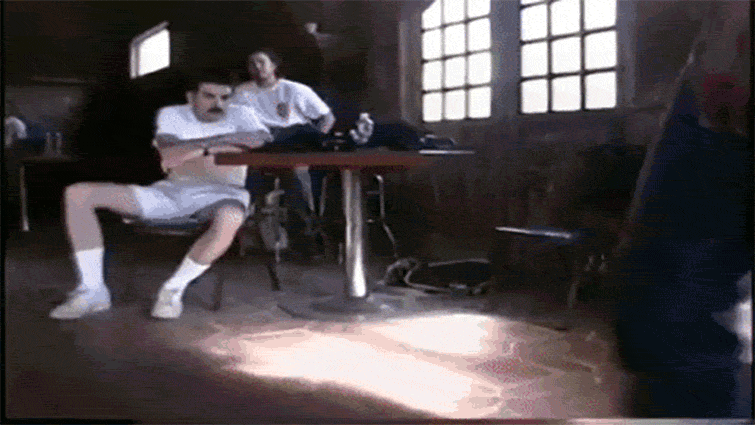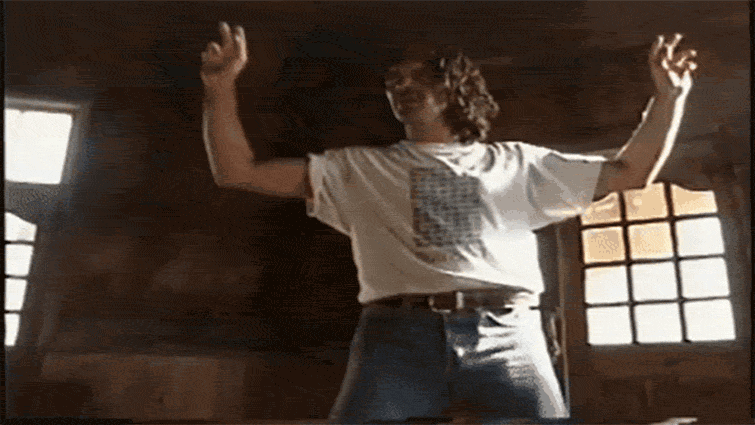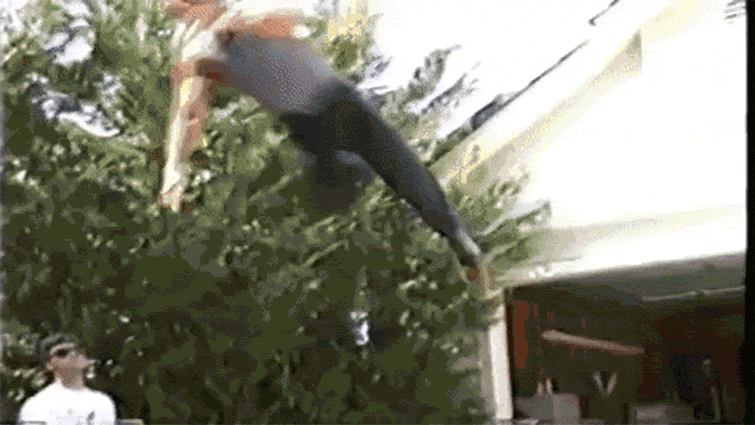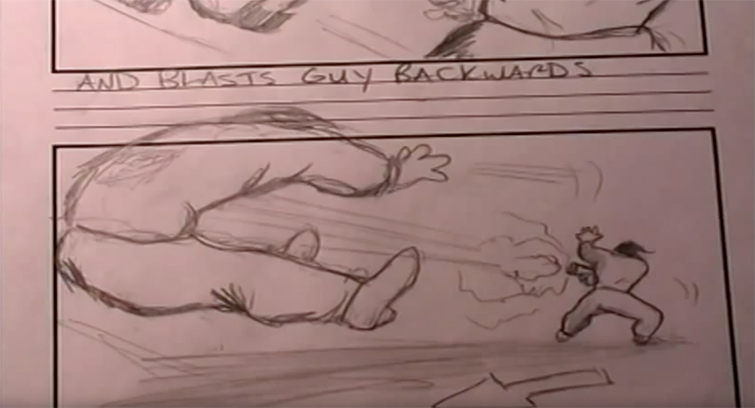
How Robert Rodriguez Engineers a Shoot-Out Scene
How a filmmaker famous for doing things his own way plans, practices, and films shoot-out scenes.
Cover image via Columbia Pictures.
While Robert Rodriguez has certainly established himself as successful and bankable filmmaker and director in Hollywood, he is still well-known for his upstart, DIY beginnings. He famously filmed his first feature, El Mariachi, for $7,000 (and would go on to earn over $2 million) — an experience he documents in his book Rebel Without a Crew (a great read for all filmmakers). He’s even offering others this same opportunity by giving away $7,000 to make films.
As part of Rodriguez’s 10 Minute Film School, the famous DIY director breaks down how he planned, rehearsed, improvised, and filmed the opening shootout scene in his 1995 classic Desperado.
Storyboard Yourself if You Can
While Rodriguez had the advantage of being a cartoonist to begin with, he still only found time to storyboard the opening shoot-out scene. Storyboarding, he explains, is a luxury that comes at a price. Namely, if you hire a storyboard artist, they can, in effect, end up creating your film for you.
It is clear Rodriguez values having a clear vision more than a storyboard, although even having a single storyboard image for a scene or a complete self-drawn sequence can be very helpful in expressing your vision to others.
Here are some good resources for storyboarding your projects.
- Free Storyboard Template for Film and Video Project
- The Unifying Power of Storyboards
- Workflow Tip: Storyboard Your Animations in Adobe Illustrator
Consider Video Storyboards

Perhaps the coolest aspect of his process, which Rodriguez shares in this video, is the footage from his video storyboard idea. As an indie DIY filmmaker, this creates many possibilities to help a director brainstorm and build out a scene shot by shot in a real setting with real actors.
Rodriguez offers many great insights into how he was able to use this process to try things out and plan his production. Little things like holding the video camera high above your head to see a wide high-angle shot (toward the end of the video) can help you see what a shot will look like without building a platform or using a crane setup.
Make the Most of Rehearsals

Along the same lines, filming action sequences (especially those involving gunplay) can be very tricky and intricate, so having time to rehearse and block out camera movements and action can be very helpful.
In the video, Rodriguez not only has the luxury of having a star who can do his own stunts (Antonio Banderas), but also a stunt coordinator and stand-ins to help block out each action. Rodriguez also utilizes this time to figure out what works and what doesn’t, which saves time on set with the full crew.
Figure Out Practical Effects

Rodriguez also uses the video storyboard walkthrough as an early way to experiment with different practical effects. The shot of the person being kicked in the air needs a special harness suit to film safely, but it also requires some experimentation regarding where the camera will get the best shot.
Here are some additional practical effect resources to read up on.
- Top 10 Best and Worst Practical Effects in Movie History
- How to Recreate Star Wars Practical Effects
- VFX Breakdown: Subtlety and Practical Effects in Christopher Nolan’s Films
Keep Morale High

One final note that Rodriguez slips into his video is the importance he places on keeping morale high with his crew. He mentions how after using his 2nd AD as a stand-in during the video storyboard rehearsal, he left him in for the actual filming, in part because it created a fun morale boost for the crew when they were trying to get so much done on a short schedule.
Looking for more video production? Check out these articles.
- 3 Rules for Shooting Action Sequences
- Cinematography Tip: Creating the Illusion of Speed
- Frame Action Sequences Like a Seasoned Director
- 7 Explosive Action Video Tutorials
- Learn to Edit Fight Scenes in This Atomic Blonde Breakdown
Browse our full collection of video production articles here.







